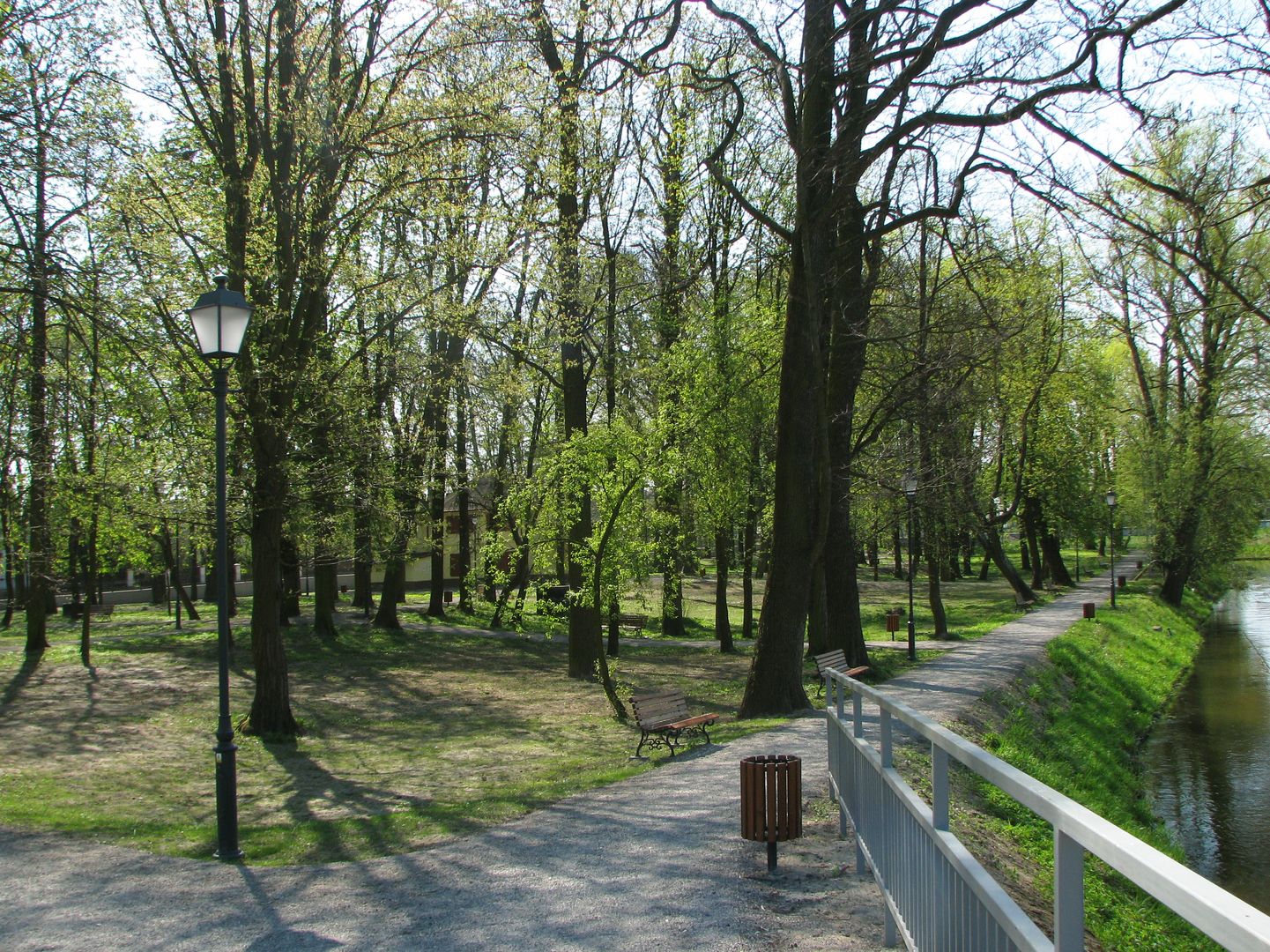Staszów
6.84

Overview
Staszów, located in the Świętokrzyskie Voivodeship, is a town with a rich history dating back to its earliest mentions in 1241, when it was ravaged by the Tatars. The town received its municipal rights in 1525 on the initiative of Hieronim Łaski, whose Korab coat of arms is now the symbol of Staszów. Architecturally, it stands out with the Gothic Church of St. Bartholomew, built in the 14th century on the site of an earlier wooden church, and a classicist town hall from 1783, situated in the center of the market square. Other important monuments include the Chapel of Our Lady of the Rosary and a complex of 19th-century wooden houses. Staszów was also the place where craft guilds were established, such as the weavers' guild in 1555, which contributed to the development of local craftsmanship.
Culturally, the town thrives thanks to the Staszów Cultural Center and various cultural events. A specialty of Staszów is the Museum of the Staszów Land, which showcases local history and craft traditions. Staszów witnessed numerous historical episodes, including the skirmish near Staszów during the January Uprising and World War II, during which it lost almost 55% of its Jewish population. Today, the town honors its heritage by organizing events commemorating important figures such as Tadeusz Kościuszko, as well as ceremonies marking the extermination of Staszów's Jews.
An interesting fact is that the region has been found to contain numerous sources of mineral resources, such as gypsum and limestone, which were exploited in the 19th century. The town is also located in the Nida Basin, an area rich in forests and picturesque landscapes, ideal for tourism. Staszów has dynamic infrastructure with two urban parks and a rich sports offering, including football clubs and a swimming pool. Provincial roads run through Staszów, making it an important transportation hub in the region. Finally, it is worth mentioning that the town's name derives from the name Stanisław, and its historical ties to the Jewish community and religious diversity highlight its complex cultural identity.
Location
2025 Wizytor | All Rights Reserved